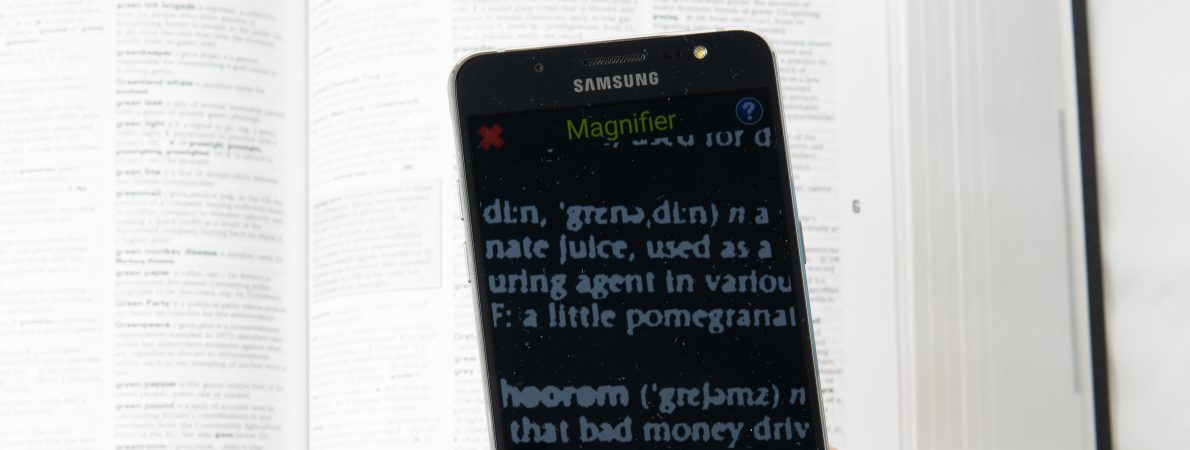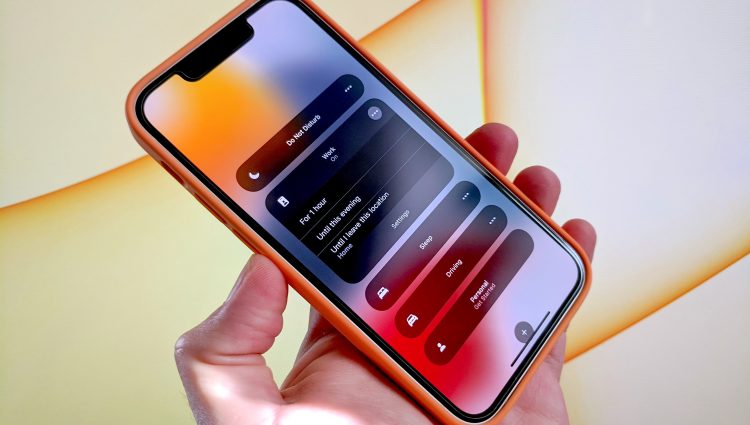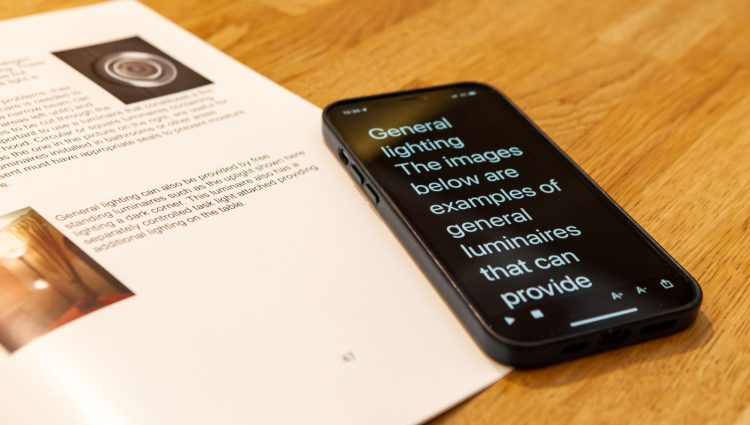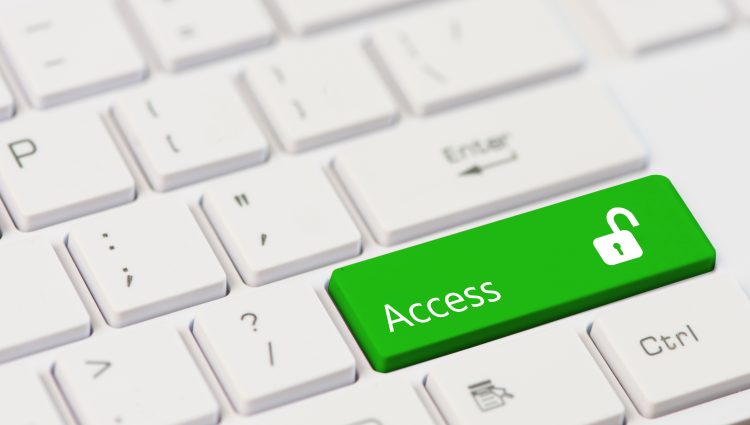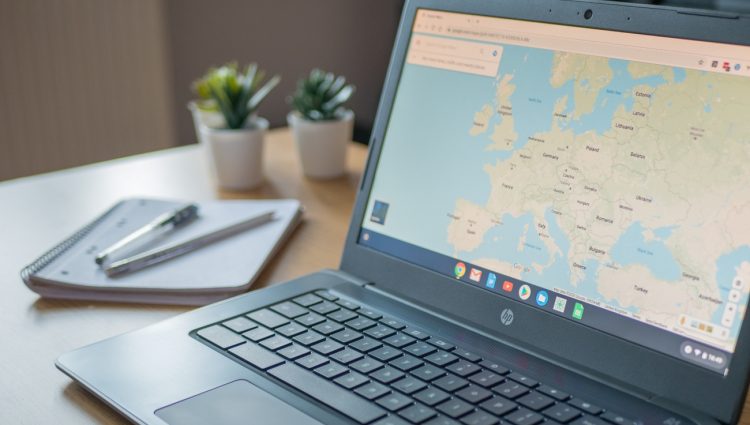Accessibility features on your smartphone or tablet can be a game-changer, enabling you to get the most out of your education. As a blind or partially sighted student, knowing how to use the accessibility features at your disposal can super-charge your learning. For a refresher on how your device can help you during your studies and what some of the common accessibility features are, check out the homepage for this guide.
Android devices have a wide range of accessibility features for you to explore. Trying out new tools and features can be challenging at first. But it is always worth persevering, giving yourself a chance to learn them and get used to how they work. So, give them a try, you might wonder how you managed without them!
Let’s dive into the different accessibility features built-in to Android devices and how you can get started with them right now…
Jump to: screen reader, magnification, magnifier apps, colours and font sizes, voice control.
TalkBack – screen reader
The built-in screen reader on Android is called TalkBack and does a similar job to VoiceOver on Apple devices. It enables you to use your device without even having to look at the screen! You can explore items on-screen by moving your finger around, swiping and using gestures, while the selected content is read out to you.
If you are unable or struggle to see what is on your device’s screen, this feature could transform the way you can access your smartphone or tablet, so why not take TalkBack for a test drive?
Top tip – use gestures to increase your productivity!
You can interact with and control your Android smartphone/tablet by using gestures you make with your fingers on the screen. They are like keyboard shortcuts (without the keyboard). Gestures are a brilliant and quick way to use your device and are a major productivity hack. Check out this list of gestures on android to get started!
Top tip – use voice commands
On newer Android devices (running Android version 12 or later), you can use voice commands with TalkBack. These commands can help you to quickly control settings such as changing the reading speed or perform actions that often require more complex gestures. On a supported device, with TalkBack enabled, perform a swipe right and then up with your finger (making a form of sideways ‘L’ shape) on the screen. You can then speak your chosen verbal command. TalkBack can read you the full list of commands available if you perform the gesture and say ‘help’.
Magnification
For on-screen magnification, Android has you covered with its ‘Magnification’ feature; allowing you to enlarge what is being displayed on your device. You can zoom in and out and pan around the screen using touch gestures.
When you turn on Magnification, by default, a small square icon will be presented in the bottom-right corner of the screen. Tapping on this icon will switch you between the two magnification modes. The first mode is a floating box that covers part of the screen. You can adjust the level of magnification to your liking and use a grab handle at the bottom-right of this box to move the magnification window around. The second mode magnifies the entire screen. This may seem a bit daunting at first but do persevere and see how you get on moving around the display. Android has a two-finger gesture to navigate whilst zoomed in which is quite intuitive once you get the hang of it.
Using your device’s camera to make things bigger
Did you know that you can use the camera on your Android device to magnify objects and text? Simply open the Camera app on your device and pinch to zoom into an object.
If you want to read text or identify objects using your device’s camera, you can try using the Google Lens feature or Google Lookout app from the Play store.
Check out this guide of the 9 best apps available from Slashgear to find out more about some of the other free and paid magnifier apps.
You may find a specialist electronic magnifier to be a better solution, check out our Useful Accessible Accessories page to find out more.
Top tip – “Hey Google, turn on…”
On most Android powered devices, you can use the Google Assistant to help you find and activate accessibility features. You can often find the assistant on your home screen or summon it with the phrase “Hey Google”. But all of Android’s accessibility settings are located in the device’s settings menu. If you want a way to quickly toggle accessibility settings, you could also use the Android accessibility menu.
Colours and font sizes – make your screen easier to see
Big or bold – or both? On your Android device, there are a range of settings you can change to make it easier to see what is happening on your device’s screen. These adjustments do not require you to use the TalkBack or magnification features but could make a massive difference in helping you to access your smartphone/tablet.
Dark theme and colour inversion
Changing the way colours are displayed on your smartphone or tablet could make a big difference to how accessible it is. By default, most content will be displayed as dark/black text on a white background. This might not be a colour combination that works for you, causing eye strain or glare. Sometimes just flipping the colours to have white text on a dark background can make the screen much easier to see.
Android has a range of colour options such as ‘Dark theme’ and ‘Colour inversion’ which you can enable in the accessibility settings if you want to give them a try.
Dark theme works like a traditional dark mode, meaning white backgrounds with black text are substituted for white text on a black background. This leaves all other on-screen elements such as images unchanged but is only available in supported applications. Meanwhile, colour inversion, will invert the colours of the entire display. This provides a dark theme look in practically any app. It is recommended you don’t enable both modes at the same time as this can cause some unhelpful colour changes.
Display and font size
All Android devices come with a feature called ‘Display Size’ that allows you to make the content on the screen bigger without having to use Magnification.
On this settings screen you’ll also find a slider called ‘font size’. Moving this slider will increase/decrease the size of the font used in supported applications. In some apps, this can be a fantastic way to mix and match the display size option to get the perfect fit for your needs; However, it’s important to know this setting will often have little effect in apps that are not made by Google.
Reading mode
Newer Android devices also feature a dedicated reading mode which allows you to customise how reading material and text is displayed; setting the contrast, colour and font size.
Voice access – voice control
Google’s ‘Voice Access’ feature allows you to control all aspects of your smartphone/tablet using just your voice. This could come in very handy for easily opening apps, tapping buttons, entering text, scrolling and much more. Check out this video from Google and give it a go!
Please note, you can use voice access and TalkBack simultaneously, but you will need to wear headphones to avoid clashes between the apps. You may also find it helpful to use Voice Access in combination with TalkBack gestures for best results.
Top tip –talk instead of type
Tired of typing or using the on-screen touch keyboard for entering text? Try Google’s ‘Voice typing’ feature! It allows you to dictate text directly into any selected text box. Not only that, but it also enables you to edit the text and formatting using your voice. The button for this feature is usually represented by a microphone icon on the on-screen keyboard. You may have to enable this feature in your on-screen keyboard’s settings. Google’s Gboard app is an on-screen keyboard which has the voice typing feature included as standard. This feature is also available in Google Docs on Windows and Apple computers. Check out this video to get a feel for what you can do with Voice typing, it could be a major productivity hack!
Accessibility shortcuts
Accessibility shortcuts are a quick way to turn on accessibility features or switch between them. You can set up as many shortcuts as you like for the accessibility features that you often use on your Android device. These can include reading mode, colour inversion, magnification, and many more!
Helpful links
Find out more about accessibility on Android:
Useful accessories you might want to try out
Smartphones and tablets are amazing, but they can be even more powerful when you use them alongside other accessible pieces of kit. Bluetooth keyboards, bone conduction headphones, braille tech and much more can all help to super-charge your ability to thrive in education. Check out our Useful Accessible Accessories for Education page to find out more!
Getting the best tech and support for your needs
The technology and features we explore in this guide are a great place to start when it comes to making it easier for you to access your education. But it is important to bear in mind, these are free tools and it is likely you could benefit from more sophisticated (and more costly) tech, software and equipment. So, it is vital your school, college or university support you to explore all available options and use the best solutions possible.
There are a number of ways the right technology can be purchased for you which will not cost you anything. If you are at school or college, speak to your QTVI and other disability staff about funding. If you are studying at university, you can get funding for equipment via Disabled Students’ Allowance (DSA).
The things you do to access your learning are only one piece of the puzzle, your school, college or university have an obligation to do everything they can to support you and make your learning experience as accessible as they can. Find out more about the support you can get: The Professionals There to Support You at School; Six Steps for Starting Secondary School; getting the Right Support in Place at College; The Professionals There to Support You at University.
Need support with accessing your education?
Our Education Information Advice and Guidance Service is here for blind and partially sighted students aged 7+, their families and the professionals that support them. We provide expert information, advice and guidance supporting students to navigate primary, secondary school, college and university.
If you have any questions about accessing your education, please reach out to us by visiting our Education Information, Advice and Guidance Webpage.

